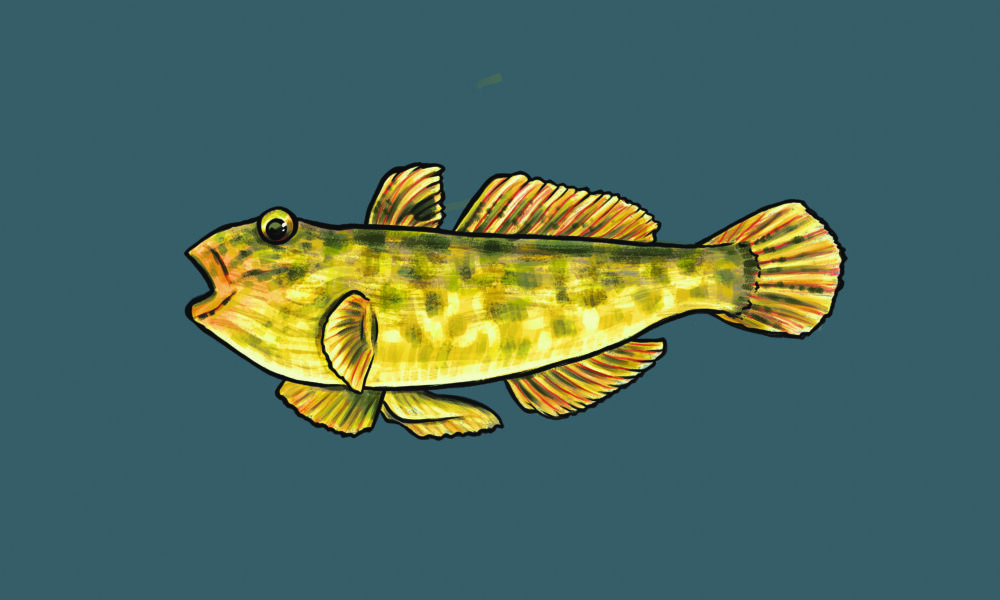From the packaging of an online order to the takeaway cup holding a morning coffee, plastic is everywhere. In 2019, humans produced 460 million tonnes of plastic, an enormous increase from the mid-twentieth century when roughly two million tonnes were produced annually. A key aspect of plastic pollution is that it comes not just from large items such as water bottles and plastic bags, but also from microplastics—pieces that are five millimetres or smaller.
We know that the scale of plastic pollution is enormous, but what happens when microplastics infiltrate aquatic ecosystems? The Ricciardi Lab at McGill is looking to understand the routes by which organisms accumulate microplastics in their bodies.
The team, led by Geneviève D’Avignon, who recently received a PhD in Biology from McGill, and advised by Anthony Ricciardi, professor of invasion ecology & aquatic ecosystems, worked to create a basic replica of a benthic food web in the lab—a network of food chains for species living at the bottom of a body of water. To do this, they used three interacting organisms: The Quagga Mussel, the Gammarid Amphipod, and the Round Goby.
The mussel and gammarid have a commensalistic relationship—where one organism is benefited and the other is neither hurt nor helped. In this case, the gammarid eats the discarded food from the mussel, and the mussel is unaffected. In addition, both the mussel and gammarid are prey for the goby.
The study replicated the food web between the three organisms and conducted single-exposure trials in which microplastics were added to the tanks in various concentrations. In each trial, the team observed multiple paths of microplastic uptake and noted how the organisms recovered. In particular, they examined the microplastic uptake through environmental routes such as water and sand as well as how microplastics are transferred through interspecies interactions.
“We ran different tests: There was the uptake, where we just exposed the animals and looked at how much particles they took up, how much they ingested in their bodies,” D’Avignon shared in an interview with The Tribune. “And then depuration, when you put the organism in a clean environment, and once they’ve been ingesting or taking up these particles, I’m looking at how long […] it take[s] for them to release all the particles out of their bodies.”
The researchers discerned that non-trophic interactions—that is, interactions between species other than predator-prey, like commensalism and interactions with the environment—also account for a significant amount of microplastic transfer and uptake. For instance, the mussels, which ingest more of the water-suspended microplastics, transferred those microplastics to the gammarids.
D’Avignon also noted that the depuration times were longer than she had anticipated. In general, the study served to enhance researchers’ understanding of the food web processes that are responsible for circulating microplastics.
“We saw that sometimes particles, in the mussels, for example, would stay for [about] 72 hours,” D’Avignon said. “It means that these organisms can retain them long enough for more transfers to happen.”
To her, this was a key takeaway because outside of the lab, with many other factors at play within an ecosystem, depuration times could be increasingly affected. Particularly, in nature, microplastics are a constant presence, so organisms may be able to expel microplastics at the rates studied in the lab. However, unlike the controlled environment of a lab, they will continue to accumulate microplastics, increasing the burden on the organisms’ bodies.
Ultimately, this experiment was a preliminary study that the team hopes to continue building upon by creating more and more complex models, with the end goal of understanding inter-species dynamics more comprehensively and working to heal ecosystems from man-made pollution.
Valuable information was gleaned from the experiments, but D’Avignon explained that there is still a long way to go in order to understand microplastic transfer in complex ecosystems.
“In reality, a lot of these species interact with the water column, interact with the sediments, interact with other species,” D’Avignon said. “So how much plastic they’re actually exposed to in a day, or that passes through our system can actually be, perhaps, increased in comparison to what we thought.”







